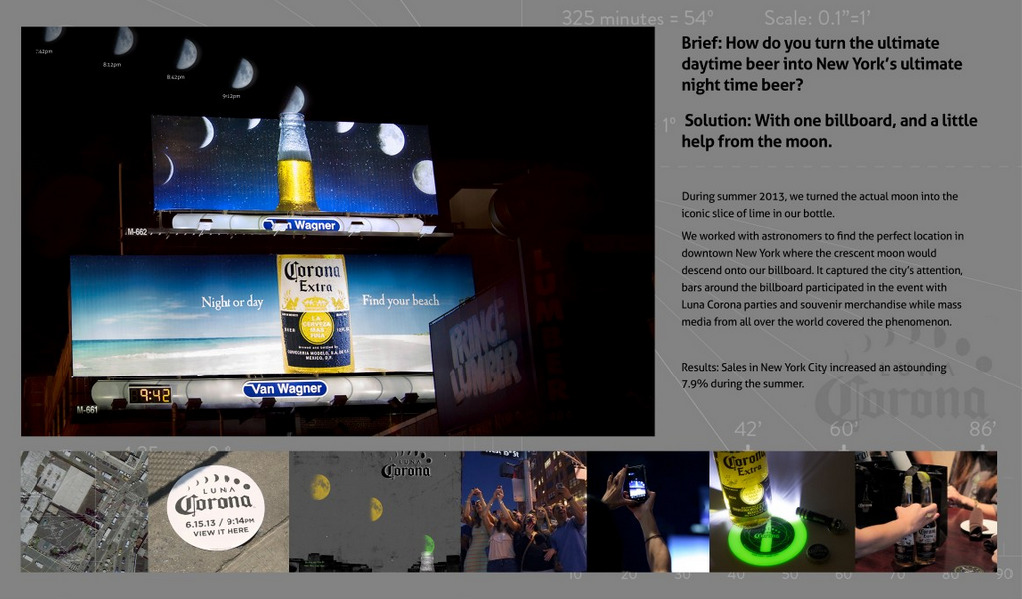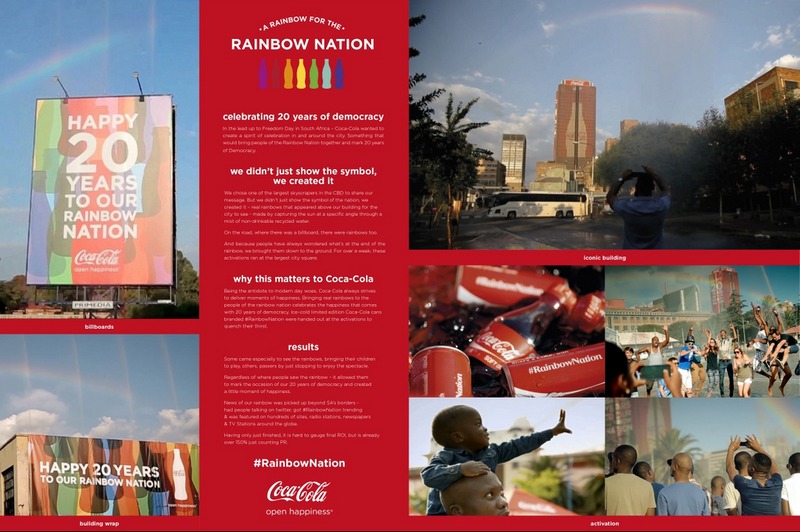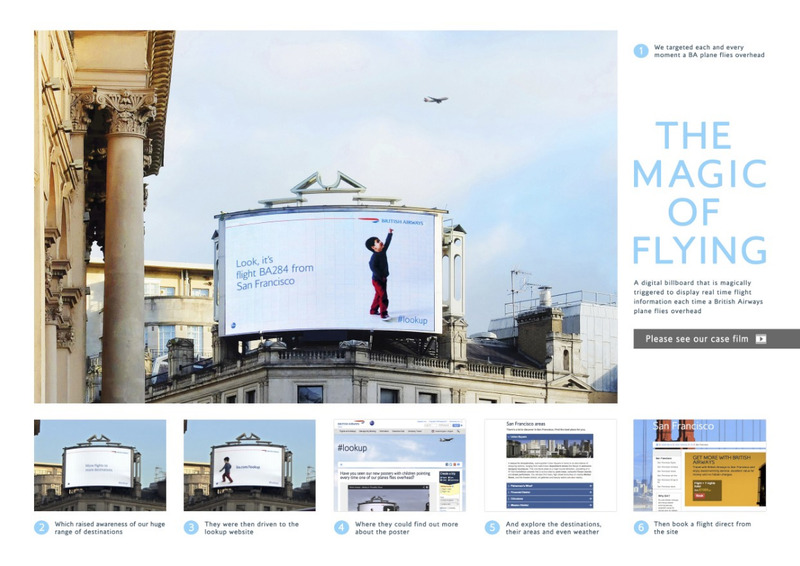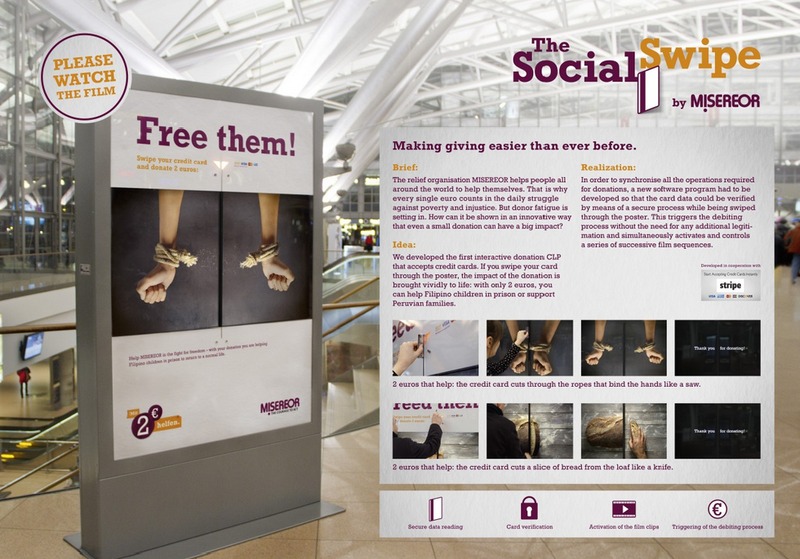Alright, let's dive in this month too!
Thank you so much for the tremendous positive response to last month's article ( #15: PR and Marketing Can Be Better Friends, Right? ). We received many comments from everyone. The most common was: "That's about that client, right? Wow, totally gets it. But are you sure it's okay to write something like that?" No way! No, no. Not at all! I wasn't picturing any specific faces! I wasn't referring to anyone in particular! It's a general observation!
But it's an interesting reaction, isn't it? The fact that so many people felt that way probably means they sense their own clients' situations are quite similar to what I described. In other words, "You hit the nail on the head!" This isn't about any specific company; it's a story you see everywhere. I hope we can share these various challenges and help resolve them, even just a little bit.
Alright, enough preamble. This time, let's do some mental training together to help free up the feelings of those usually cool-headed PR folks!
"Facts are important. But we want emotion too!"
As I always say, PR is often seen as a world where "facts come first." While creative expression is acceptable in commercials, news reporting must be pure non-fiction. No wonder we get so particular about it! But even those of us in PR, who constantly strive for flawless factual accuracy, sometimes yearn for that slightly edgy expression—like wondering, "Would saying this in that way surprise them?" or "Would using this metaphor make them go 'Ah, I see!'?" We can't embellish or exaggerate, but lately I've been thinking it's okay to use expressions that appeal a bit more to the emotions. Basically, "Even I get emotional sometimes."
In PR, we tend to fall back on logical explanations. For example, when trying to convey a product's features through media coverage, the methods are inevitably limited. But PR isn't just about publicity, right? I think there should also be initiatives that deliver messages directly to consumers.
In those cases, while product facts are certainly essential, it should also be okay to incorporate creative ideas that appeal to emotions and leave a strong impression on the heart. So, here, I'd like to introduce a few examples of direct approaches that can elicit a "Wow!" of surprise and admiration.
This time, I'll specifically introduce OOH (Out-of-Home Media) – methods that might seem obvious to advertising departments but are less likely to be used by PR departments, yet show great potential as effective corporate communication tools. OOH doesn't have to be just a medium for information reach; using it as PR material is totally valid! PR departments could even propose OOH campaigns. I'm definitely eager to try it myself.
Reference Case:
Constellation Brands "LUNA CORONA" (Cannes Lions 2014)

Corona beer strongly evokes images of daytime beach drinking. To encourage nighttime consumption too, they schemed to create a trigger. The trademark of Corona beer is the "lime on the bottle's mouth," so they planned to deploy this using the power of nature on a large outdoor billboard.
Collaborating with astronomers, they calculated the moon's orbit and cycle. They prepared a giant bottle on an outdoor billboard, where the actual crescent moon overlapped like a lime, completing the OOH installation.
Collaborating with nearby bars, they hosted "Corona Beer Nights" where patrons could enjoy beer while viewing the display, leading to increased sales.
Coca-Cola "A RAINBOW FOR THE RAINBOW NATION" (Cannes Lions 2014)

To commemorate the 20th anniversary of South Africa's democratization, Coca-Cola artificially created and presented a "rainbow," a symbol of the multiracial nation (known as the Rainbow Nation).
They sprayed mist-like water from the rooftop of their own high-rise building, creating an event where people could see the rainbow. This can be seen as a move by Coca-Cola to capture the nation's insights and build empathy, clearly demonstrating its presence as a member of that society.
British Airways "MAGIC OF FLYING" (Cannes Lions 2014)

A system where large digital signage synchronizes with the timing of British Airways flights. Information like the plane's position, altitude, and speed is sent to a cloud server controlling the billboards, synchronizing the content. It displays gestures like a child pointing at a plane, creating a sense of shared excitement – "Flying is just great, isn't it?" – while subtly reinforcing British Airways' presence. The sheer delight that makes you stop in your tracks, combined with the technology that made it possible, is outstanding.
BischÖfliches Hilfswerk Misereor "SOCIAL SWIPE" (Cannes Lions 2014)

A donation program by Misereor, a German Catholic relief organization tackling poverty in developing countries. Traditional donations often lack transparency about where and how the money is used. To address this, they created "PlaCard," an interactive digital poster that lets donors visually understand how their contribution is spent in real-time.
Large digital posters installed in locations like airports featured a groove down the center. Swiping a card along this groove (scanning it) visually represented actions like slicing a piece of bread for a starving child or cutting through ropes binding a wrist to free someone. This made it easy to visualize how donated money was being used, allowing people to understand and experience that even a small donation makes a difference and can help change the world, even just a little.
The follow-up approach is also clever, such as including a message with the card statement asking, "How about a regular monthly donation of 2 euros?" to encourage further action.
What do you think? When you plan advertising solutions from a PR perspective, you often discover they can generate new effects.
Discussing your advertising plans with a PR professional might just unlock new effects and value! It would be great fun to explore that together.






